
Communities and regions do better as more and more local people – from newcomers to long-time residents – are in the position to pursue their aspirations; contribute to civic life, culture, and the economy; and realize their full potential. In any community, residents have varying knowledge, skills, and economic status, and striving families and individuals encounter life situations, policies, and behaviors that can either facilitate or impede them from thriving.
Community governance, leadership, and local organizations must work together to improve the well-being of all residents, especially those who lack sufficient housing, health, workforce preparation, transportation, safety, and other factors critical to well-being. This includes examining and removing all discriminatory barriers to personal and family advancement based on personal characteristics such as socio-economic class, gender, identity, race, country of origin, religion, or place of residence.
BUILDING BLOCK EVIDENCE
Evidence suggests this building block is important because our well-being is determined in part by economic, social, and environmental factors that shape our health,1,2 including in rural communities.3 Experts note that our well-being depends on our good health, positive social relationships, and availability and access to basic resources (e.g., shelter, income).4 Higher levels of well-being are associated with many benefits, such as lower risk of disease and speedier recovery when we are sick; longer life; higher productivity; and higher likelihood of contributing to our communities.4,5 Wealthy countries with greater well-being tend to have greater equality between population groups and fewer people living in deprivation.6
Rural communities are unique in terms of geography, as well as experiences of wealth, income, and poverty; education and labor markets; and transportation.7 Historically, rural communities have been under-resourced in addressing many of these areas, which are important determinants of health.7 However, rural areas also have important assets, such as the natural environment.3 Research finds that living near natural outdoor environments (green and blue spaces) might help reduce stress, promote physical activity and social relationships and potentially improve human health and well-being.8,9 Rural areas may also have greater housing space, food security, and social capital compared to urban areas.3 Aspects of social capital, especially relationships with family and friends, are positively associated with mental well-being for older adults.10
Studies of people living in rural areas tell us more about what predicts well-being. For many rural individuals and communities, health and well-being have been greatly influenced by the “loss of land rights, natural resources and the distortion of physical environments coupled with histories of trauma and profound loss (related to “legacies of enslavement and forced assimilation”).7 Research shows that across urban, rural, and remote settings, racial discrimination affects health and wellbeing, with a strong and consistent link between experiencing racial discrimination and poor mental health and birth-related outcomes.11 Well-being is also linked to a sense of belonging (see also, A: Welcome All to the Community) in rural communities, including among immigrants12 and adults with disabilities who are receiving long-term services and supports.13 For adults with disabilities, inclusiveness, and accessibility of community spaces and activities contributes to fostering a sense of autonomy and self-determination.13
Rural policy frameworks call attention to the need for supports for well-being like technology and digital innovations, and considerations for building the skills and capacity of current residents, as well as ways to attract new residents.3 A policy response with a focus on raising living standards and reducing inequalities could advance well-being in rural areas.3
Curated Resources
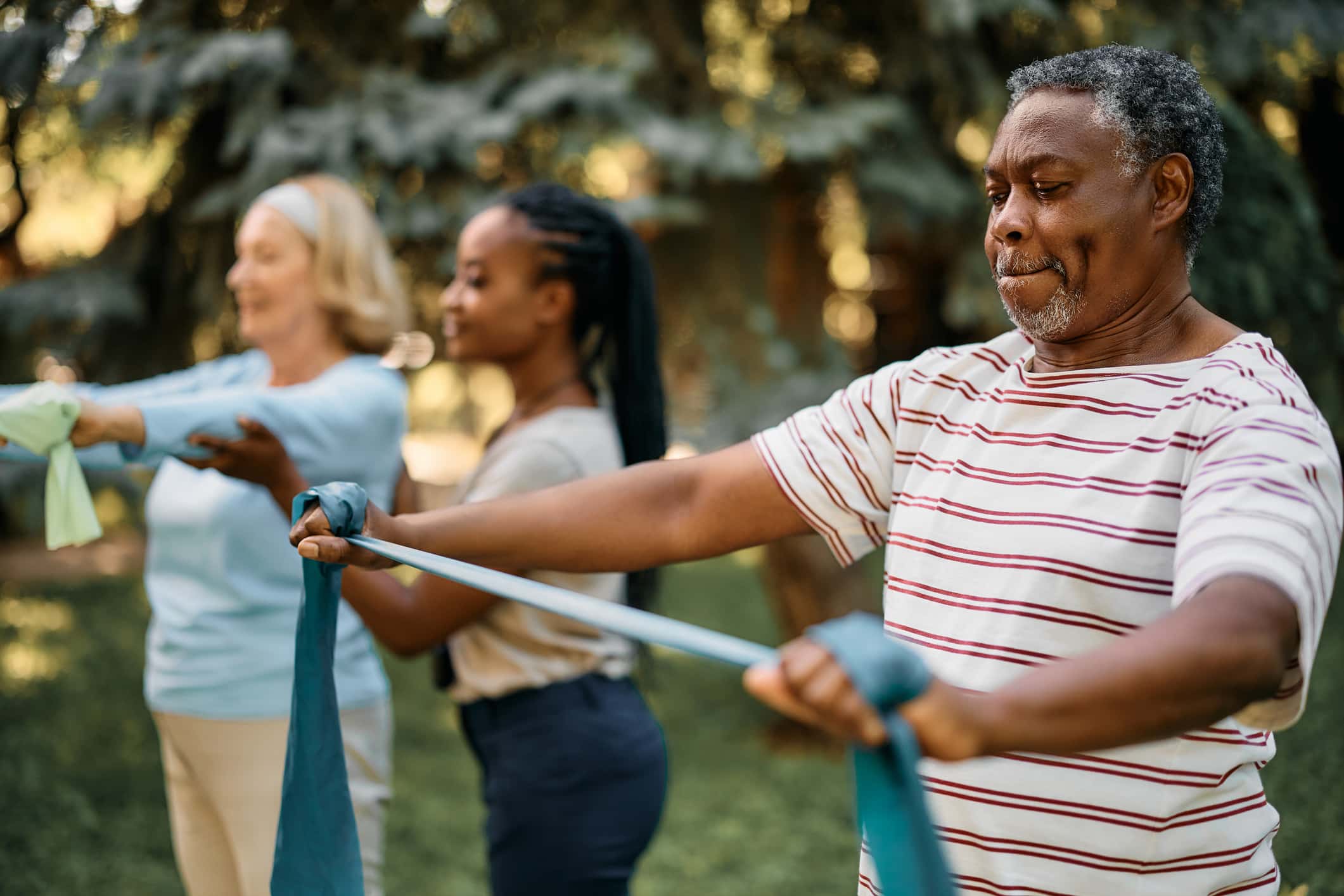
Pathways to Health Equity: Rural Wellbeing and Regional Assets
How the health equity and economic development fields intersect and can collaborate to bring prosperity to rural communities.

Weaving Health Equity and Rural Development Through Data
Learnings, insights, and resources to better understand where progress is needed on weaving health equity and rural development and what wins we all can celebrate.
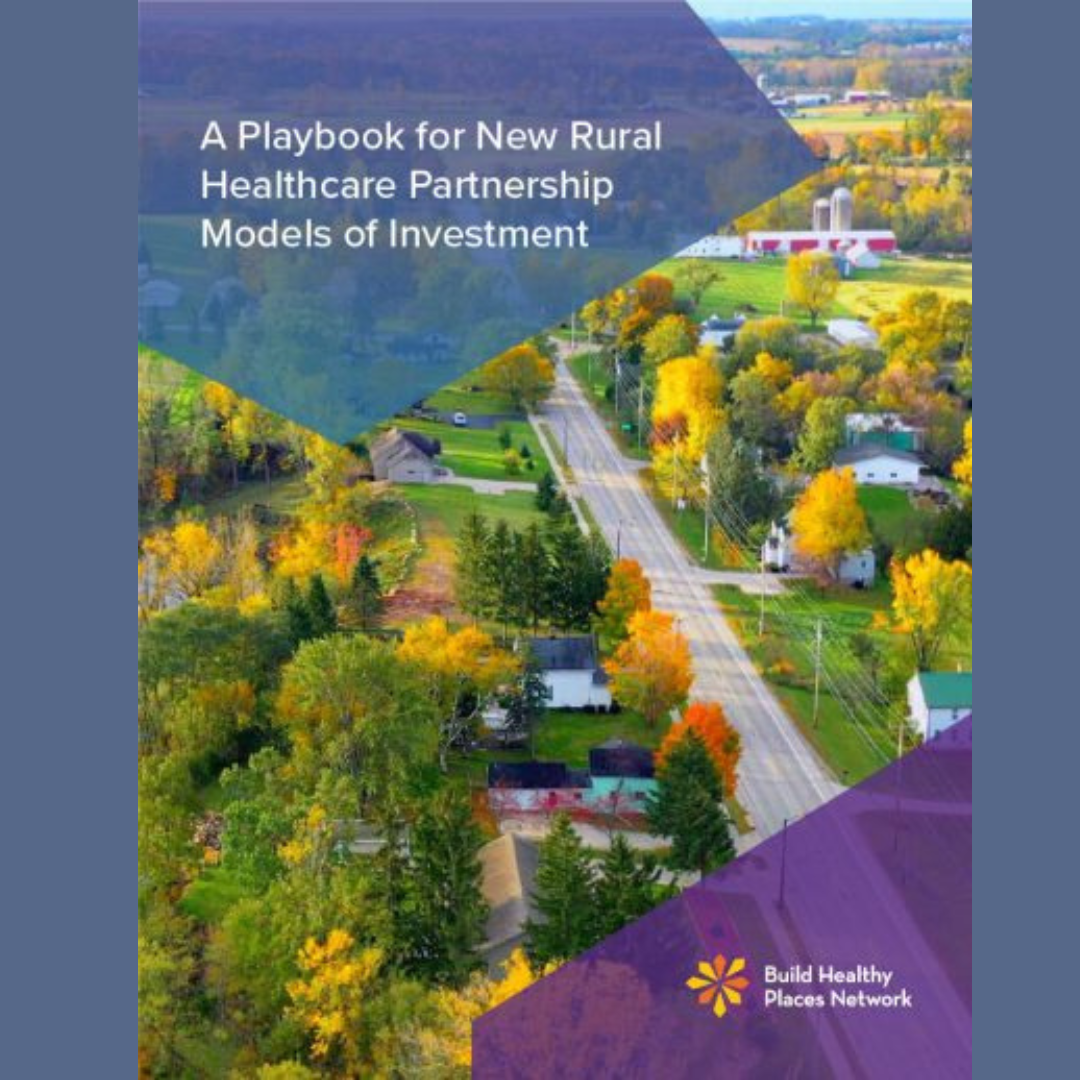
Rural Playbook
Playbook of rural hospitals pioneering creative partnerships with community development that pave the way for further investments in their communities.

Reproductive Healthcare in Rural Communities
Just like other momentous occasions in history, a likely topic of future conversations is “Where were you when the Supreme…

Why Advocates for Rural Health and Health Equity Should Work Together
Rural health disparities are well documented, as are racial and ethnic health disparities (Agency for Healthcare Research and Quality 2020). Evidence…
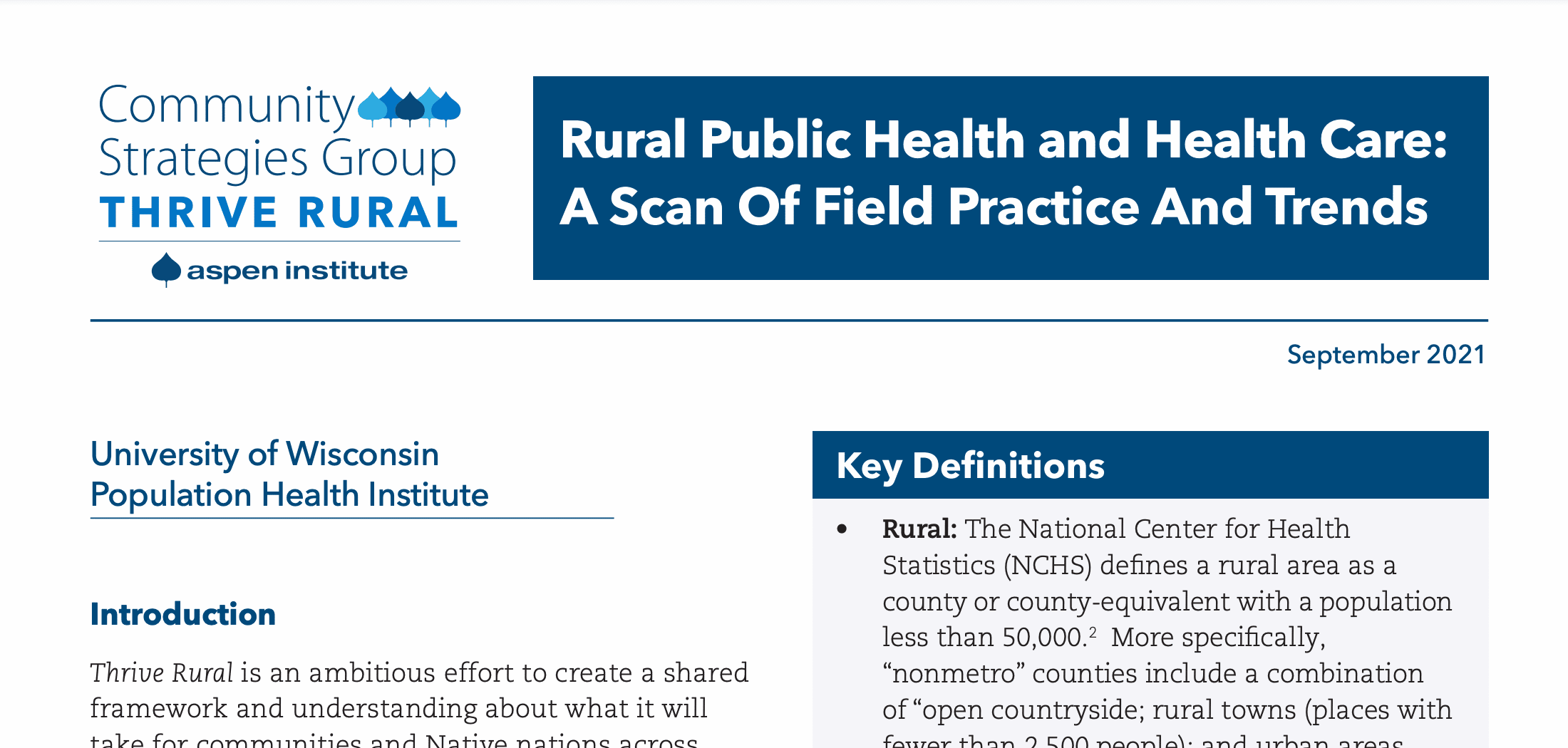
Rural Public Health and Health Care Trends
This field scan is a contribution to Thrive Rural, specifically intended to provide an understanding of the state of relevant…
Field Items
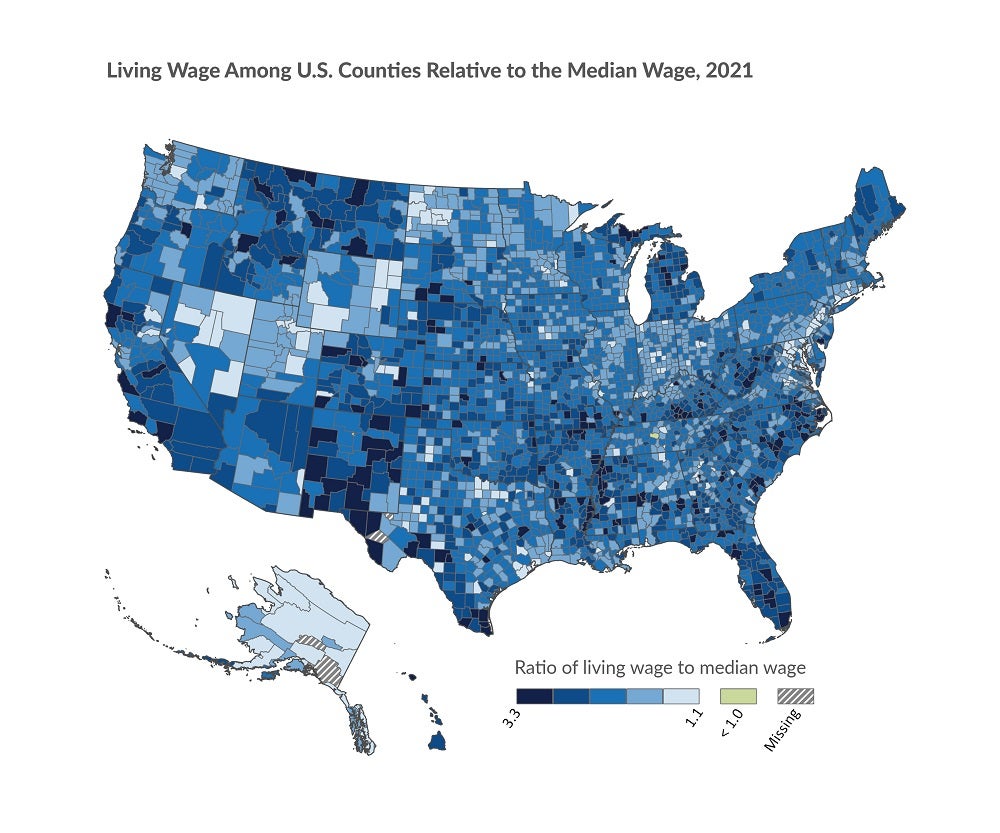
2023 County Health Rankings Analysis
County Health Rankings & Roadmaps (CHR&R) brings actionable data, evidence, guidance and stories to support community-led efforts to grow community…

Annual Disability Statistics Collection
Center for Research on Disability
The Annual Disability Statistics Compendium, Annual Report on People With Disabilities, the Build Your Own Statistics tool, and infographics gather disability statistics published by many federal agencies into one place. They’re helpful for lawmakers and others who are working on laws or policies about disabilities, and for those writing grants for programs for people with disabilities.

Seven Vital Conditions for Health and Well-Being
Community Commons
The Seven Vital Conditions for Well-Being is a useful framework for conceptualizing holistic well-being and the Conditions that give rise to it, as well as identifying levers for community change and improvement.
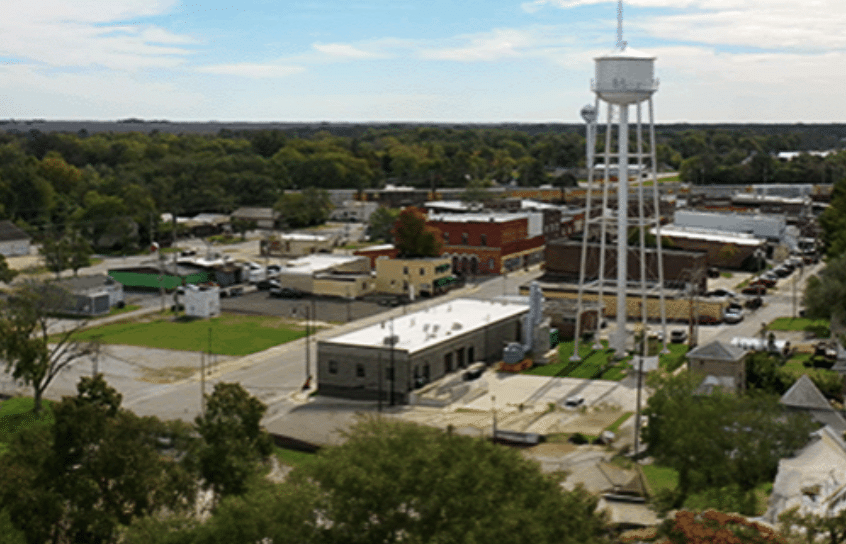
Stepping Up: Health Equity in Rural Hospitals Podcast Series
National Rural Health Resource Center
“This podcast series brings together a variety of voices to elaborate on the steps rural hospitals can take to implement sustainable health equity programs and efforts. “
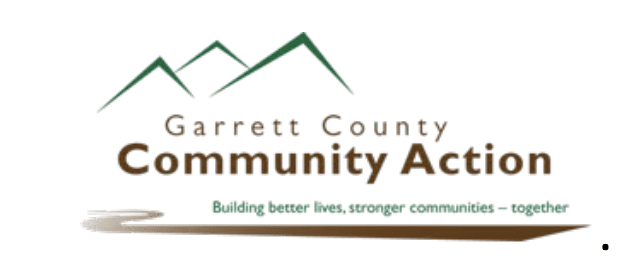
Crisis to Thriving Scale Worksheet
Garrett County Community Action
Based on the Garrett County Community Action Committee Whole Family Approach Life Scale, the evaluation framework offers a comprehensive tool to assess various aspects of individual and family well-being across different domains. The Life Scale categorizes these domains into five levels, ranging from critical needs to optimal stability.

Youth and Young Adult Wellbeing
Forum for Community Solutions
The Youth and Young Adult Wellbeing Measure Project Report provides insight and data from the youth and young adult researchers and displays each cultural design team’s research process to identify key areas of well-being within their culture and traditions. It also identifies common themes of well-being across the three cultural contexts. This report highlights the origin and milestones of the first stage of this project, and more importantly, it promotes and encourages the field of youth-centered programming to center young leaders as experts in their lived experience.
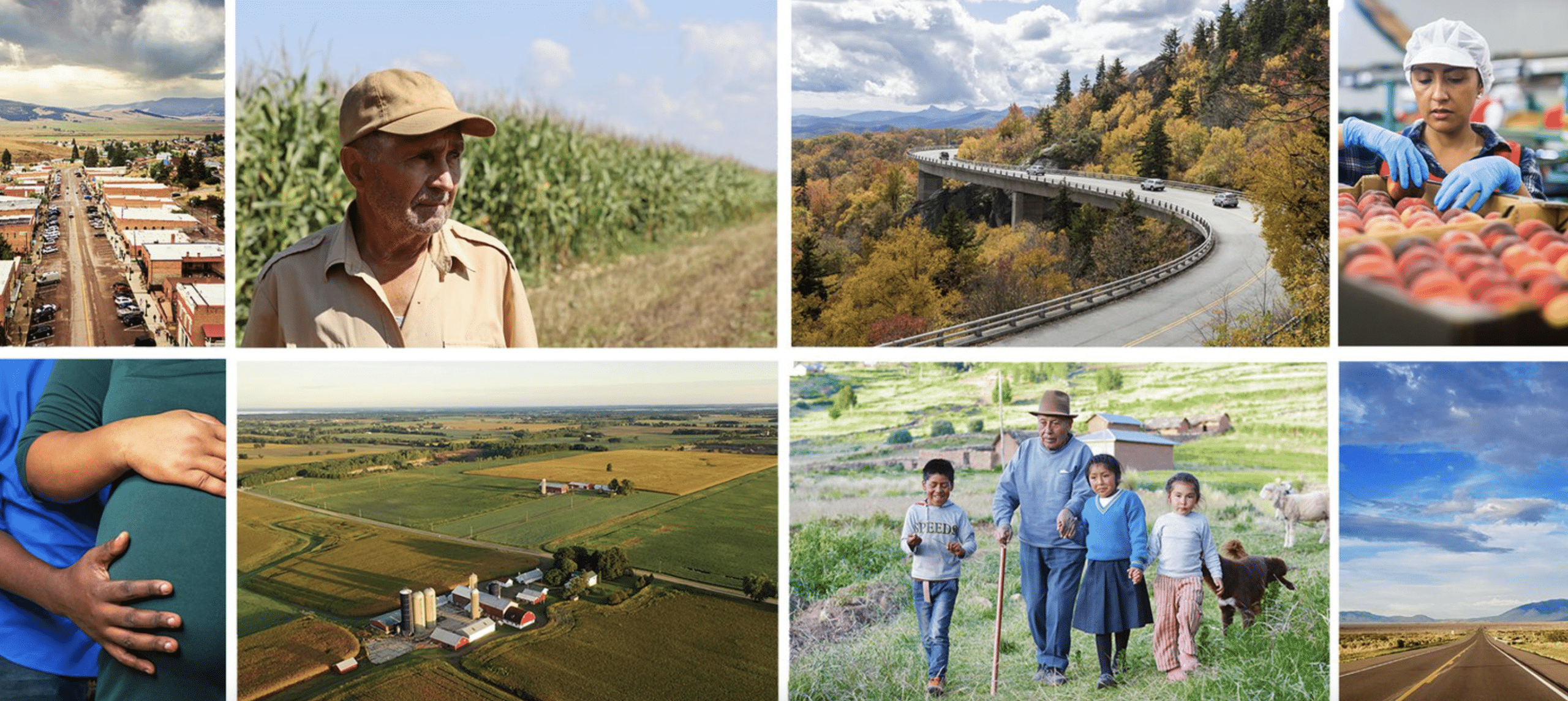
Health, Work, and Care in Rural America
New America
Drawing on original research, this report offers a clear case for why guaranteed public paid leave policies should be considered a social determinant of health for rural people just as access to health care facilities and other economic stability indicators are. Paid leave could improve the health, wellbeing, and economic security of rural workers and families, and increase the economic competitiveness of America’s rural communities.

RURAL WELL-BEING: GEOGRAPHIES OF OPPORTUNITY
Organisation for Economic Cooperation and Development (OECD)
Rural Well-being: Geography of Opportunities presents the latest iteration of the OECD’s policy framework on rural development. This newly updated framework reflects several important changes in rural development in recent years and takes advantage of the organisation’s latest evidence-based analysis to improve understanding of the diverse and complex socio-economic systems that exist in rural places along with their connection to cities.
We see the framework as a living document, which necessarily must evolve over time, and we seek to expand the collective ownership of the Thrive Rural Framework among rural equity, opportunity, health, and prosperity ecosystem actors. Please share your insights with us about things the framework is missing or ways it should change.
